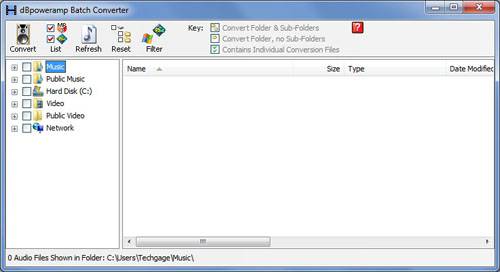- Qualcomm Launches Snapdragon 4 Gen 2 Mobile Platform
- AMD Launches Ryzen PRO 7000 Series Mobile & Desktop Platform
- Intel Launches Sleek Single-Slot Arc Pro A60 Workstation Graphics Card
- NVIDIA Announces Latest Ada Lovelace Additions: GeForce RTX 4060 Ti & RTX 4060
- Maxon Redshift With AMD Radeon GPU Rendering Support Now Available
Kingston SSDNow V300 120GB SSD Review

Looking for an affordable SSD but demand a high-performance controller? Kingston’s SSDNow V300 is shaping up to be just that. Powered by a SandForce SF-2281 controller and paired with Toshiba’s 19nm Toggle-based NAND, it’s an aggressive entrant for its price-point. Let’s check it out.
Page 7 – Real-World: File Transfers, dBpoweramp R14
Finally, we reach the first of our real-world tests where there are no unusual testing or scoring algorithms to leave us scratching our heads, just simple tests to see how an SSD changes actual system performance.
For the File Transfer test we took a 4.5GB compressed archive and measured how much time was required to transfer the file to another folder on the same drive. Keep in mind that with a hard disk, this requires the actuator arm to seek back and forth between the source and destination sectors on the disk platter, with the destination sectors often not sequentially aligned. In contrast, any SSD can concurrently perform read and write operations simultaneously on any NAND chip without regard to spatial considerations of bits strewn randomly around a disk platter, which gives them a large advantage here.

In line with the sequential write results we’ve seen previously the V300 slots in fifth, or 11 seconds behind that of the HyperX 3K. As mentioned in the setup page we run all tests five times, which while providing accurate results, also leaves the SSD in a thoroughly dirty state. Through the final runs the transfer time increased by five seconds as the SSD reached its dirty state of equilibrium. This is a normal part of how all SSDs operate, and simply illustrates how the SSD will perform after it is no longer in its factory-new state.
dBpoweramp R14
Either you’ve heard of FLAC, or it is an integral part of your digital life. But iTunes and Apple devices do not support FLAC files, leaving those with discerning ears forced to use Apple’s Lossless codec. dBpoweramp makes it possible to convert between them utilizing as many threads as are available to the system.
In this test, we take 10 albums amounting to 4GB of FLAC files and convert them to Apple’s lossless format. This creates exactly 3.96GB of new data. This scenario is even more applicable for those users with six or more physical CPU cores available, because as the core count increases, the more the storage system will become the actual bottleneck. Our test rig is limited to only a quad-core processor, but even then we can see clear differences amongst the various contenders.

Kingston’s V300 drive performs well, slotting in two seconds behind the time of the m4. Even a value-branded SSD is a huge improvement over the results seen from the mechanical drive here.
Support our efforts! With ad revenue at an all-time low for written websites, we're relying more than ever on reader support to help us continue putting so much effort into this type of content. You can support us by becoming a Patron, or by using our Amazon shopping affiliate links listed through our articles. Thanks for your support!





